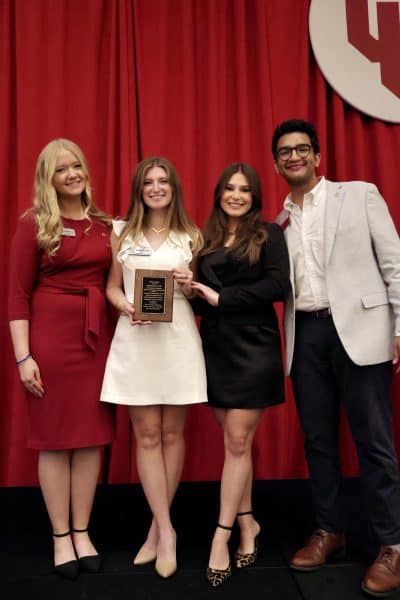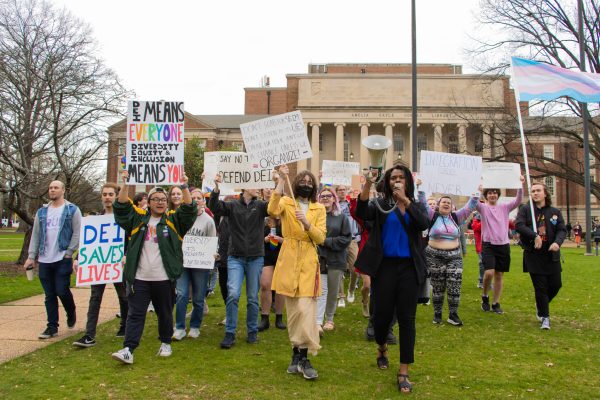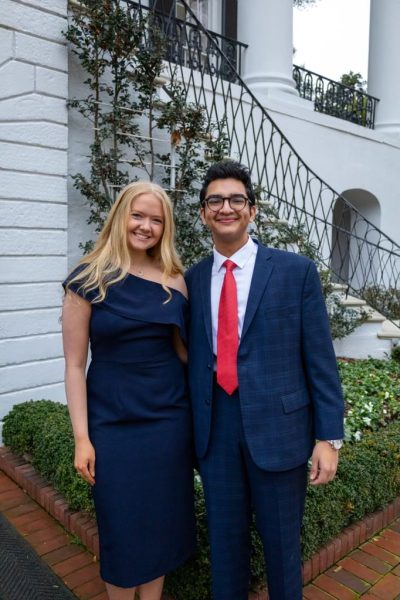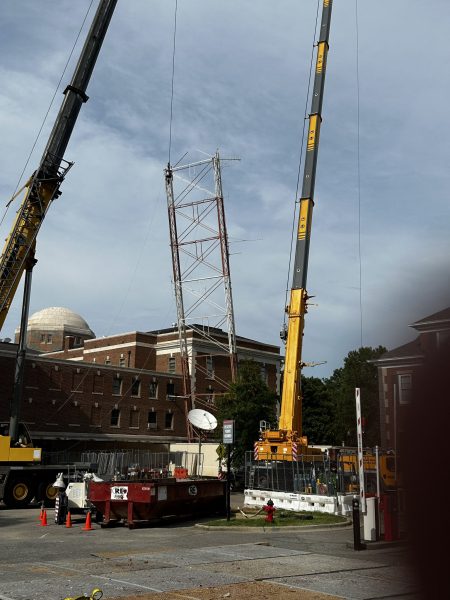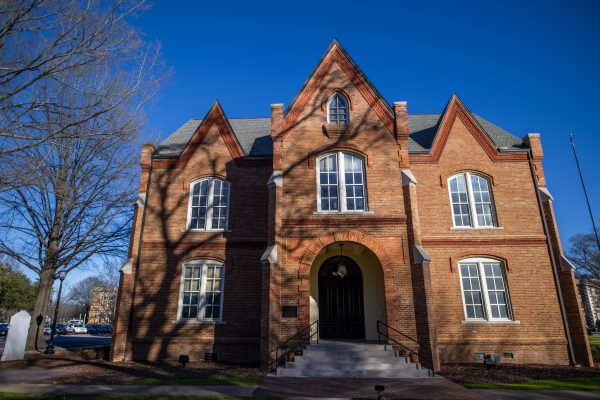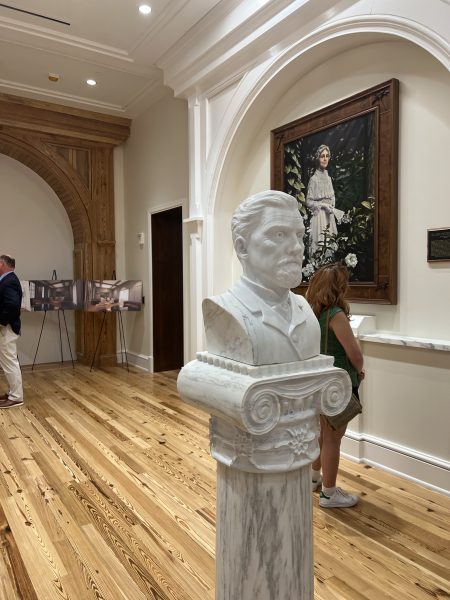UA seeks balance between style and sustainability
April 20, 2022
Campus Development, the University of Alabama department that plans, manages and delivers infrastructure services across the Capstone, is looking to strike a balance between style and sustainability.
University Lands, which reports to Campus Development and is part of the University’s Division of Finance and Operations, provides long-range campus planning, entrepreneurial development and management of the University property.
The University’s land management has been expanding since the school was founded in 1831. Most significantly, in April 1884, Congress voted to grant the University 46,080 acres of public lands to increase the University’s endowment and strengthen the institution’s total academic program.
Tim Leopard, the senior associate vice president for Campus Development, said that investment in the University’s appearance and structural layout has contributed directly to the growing student body.
“There’s a lot of proof over time that the look of a campus has a tremendous impact on recruiting and retaining students,” Leopard said. “We feel that if the University can get a student to campus [before enrollment], we have a 90-plus-percent chance of getting them. A lot of that is based on what they see on campus — the look, the feel, the people, the programs — so we think that what Campus Development does is very important to that.”
Leopard said that this attraction is based on the way prospective students see people interact with the campus when they come to tour.
“When you walk on campus and you see that collegial feel, with a quad and green space and trees, and see people on scooters and bikes and walking around, it makes a dynamic and vibrant place,” Leopard said. “It makes you want to come here for what you think of as a college experience.”
Along with his team, Leopard has added 5,000 beds to campus residence halls and overseen the construction of Shelby Quad. Currently, the Campus Development team is restoring the Bryce Hospital campus, which includes a new welcome and performing arts center.
The Building Bama webpage outlines the University of Alabama’s ongoing and upcoming capital projects. This includes access to dates for bidding on campus projects, the capital projects portal and any impacts to campus activity.
The portal currently lists 31 active campus projects, including the new Tutwiler Residence Hall, an Athletics Competition Area, the Peter Bryce renovation, a performing arts academic center and more.
With projects always underway, Leopard strives to minimize the impact of construction on campus by working hardest when students are away.
“We work each year over Christmas, over spring break and over the summer to do a tremendous amount of work just to minimize that impact,” Leopard said.
When it comes to the environmental impact of construction on campus, Leopard and his team work to balance the economic feasibility of a project with its sustainability. When buildings are torn down, parts are often saved to apply to the next project.
Brick and wood flooring from the original Bryce Hospital has been set aside to use in the ongoing remodeling.
“Resiliency and long-lasting things are very important for sustainability, and so we work really hard to create a beautiful campus,” Leopard said.
While the team looks to reduce its contribution to ongoing climate issues, the cost of greener options sometimes holds it back.
“Carbon and greenhouse gases are tremendously important, but it all has to make financial sense,” Leopard said. “If there were a better mousetrap out there that was more efficient and effective, I promise you we’ll be using it. I mean, why wouldn’t we?”
Currently underway, Leopard said, is a $28 million project dedicated to enhancing the energy efficiency and comfort of several campus buildings. The Campus Energy Delivery Optimization and Efficiency Project is an initiative to enhance the effectiveness and efficiency of the system that provides reliable heating and cooling to many buildings on campus.
The financial benefit and return were considered, along with the performance of the system throughout its life cycle.
The Campus Development team also recruits UA students to join them in their efforts at the Capstone. These positions range from engineer to analyst.
“It is tremendously humbling to have been doing something that matters for so many people,” Leopard said. “You have the opportunity to support people doing incredible things.”
This story was published in the Environmental Edition. View the complete issue here.
Questions? Email the news desk at [email protected].


